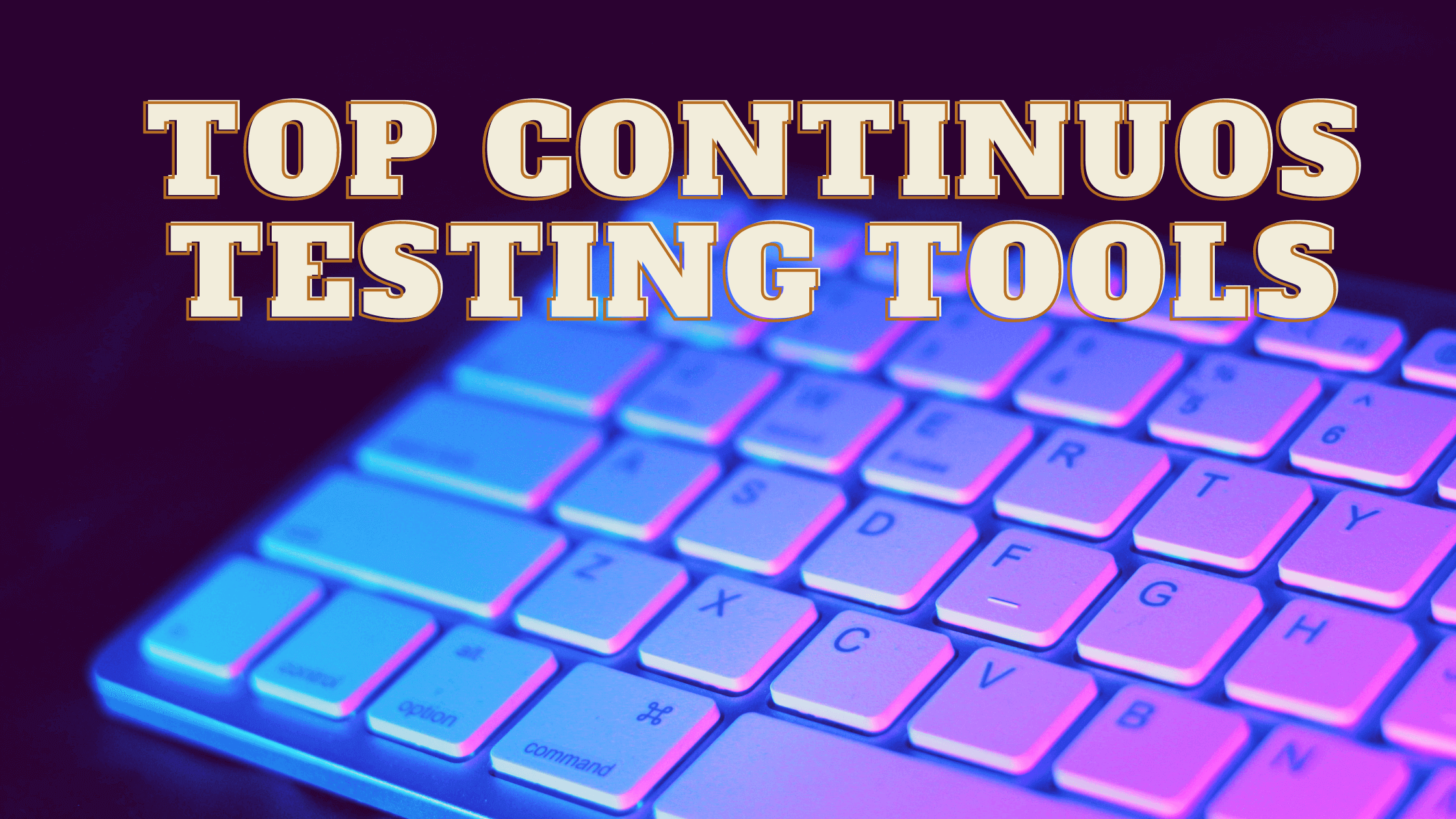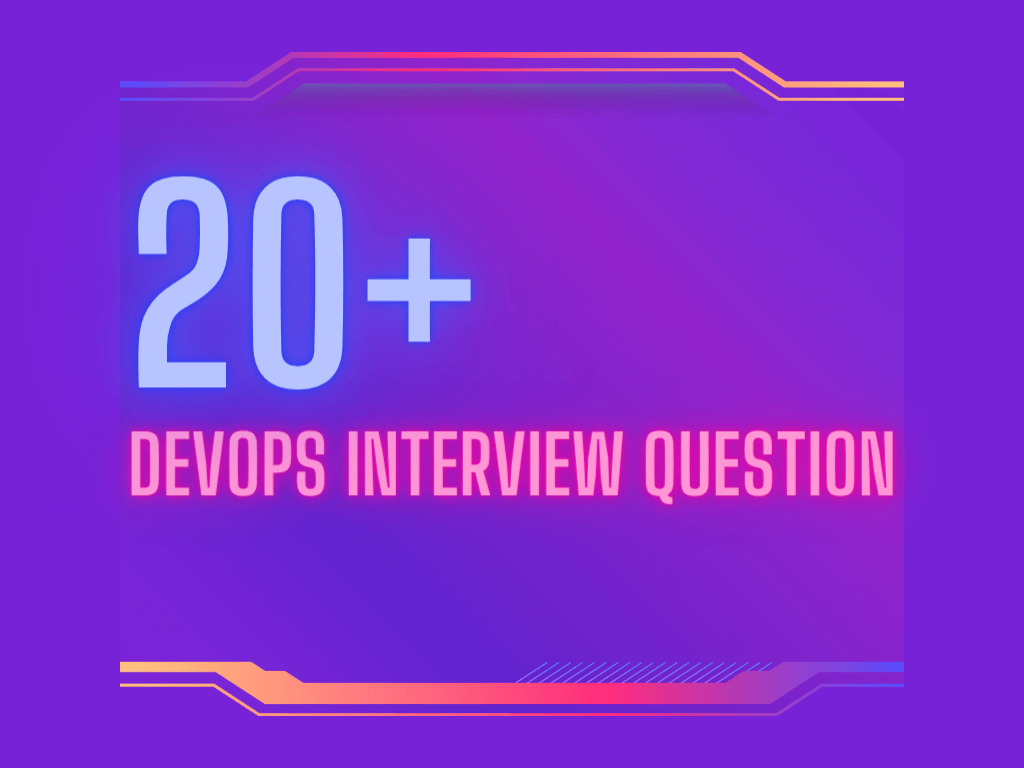30+ Mobile Testing Interview Questions and Answers for 2021
Introduction
As a professional looking to get a career as a mobile test engineer, quality engineer, or similar job position, you must know the topic. You should be able to answer questions ranging from the definition of mobile testing to how to perform mobile testing and even more. Failure to have answers to these questions could cost you the job opportunity. If you seek to apply for a position that requires mobile testing knowledge, you don’t have to worry. In this blog post, we treat the most common questions interviewers ask candidates about mobile testing and provide answers.
Top 30+ Most Frequently Asked Interview Questions & Answers
Definition, Types & Functions of Mobile Testing:
1. What is mobile testing?
Mobile testing is a test carried out to determine the reliability, functionality, and usability of a software application. These applications are specifically made for mobile devices and their various operating systems (e.g. IOS, Android, Windows, etc.).
2. What are the key differences between mobile device testing and mobile application testing?
Mobile device testing authenticates a device’s quality – by verifying and validating its hardware parts and software functions. It tests features such as screen, applications, memory, camera, etc. It also comprises of R&D testing, factory testing, and certification testing.
On the other hand, mobile application testing focuses only on testing the software application’s consistency and functionality. It ensures that the selected application is well suited for the device in terms of hardware, software, connectivity, etc.
3. How many types of mobile applications? What are they?
There are three basic types of mobile applications:
- Native applications – Native apps are apps built for a specific OS, e.g., Android or iOS. A native app will only work with the intended OS – that is, an app designed for iOS can only work on an Apple device.
- Web applications – Web apps run on solely on a browser. They are usually written in web-based languages like JavaScript, CSS, and HTML5.
- Hybrid applications – Hybrid application, as the name suggests, merges the quality of both native and web apps. That is, they can be installed on devices like native apps but they run through browsers.
4. List out the types of mobile app testing
The mobile application testing types are:
- Functional testing
- Compatibility testing
- Regression testing
- Unit testing
- Services testing
- Performance testing
- Low-level resource testing
- Usability testing
- Performance testing
- Operational testing
- Installation testing
- Security Testing
5. List the challenges testers face when performing mobile application testing?
The most common challenges in mobile application testing are:
- Testing the application on different mobile networks (2G, 3G, 4G, etc.)
- Screen size differences
- How to make it work on different operating systems
- Testing the application on multiple devices
Mobile testing planning and strategy:
6. What mobile testing types should be included in the Android testing strategy?
A standard android testing strategy includes the following mobile testing types:
- System testing
- Unit testing
- Integration testing
- Operation testing
Other types of testing can be done depending on mobile app requirements.
7. What is the strategy used to test a new mobile app?
The best strategies to test a new mobile app are:
- Device selection (understanding your target market demand for the new mobile app)
- Choosing a real device or emulator for testing
- Types of testing should be performed, included but not limited to:
- Functional testing
- HTML control testing
- System integration testing
- Installation or uninstallation testing
- Performance testing
- Check performance on multiple browsers
- Gateway testing
- Browser compatibility testing
- Network security testing
8. What does a test plan for Mobile App contain?
A test plan for a mobile app contains the following:
- The test objective
- The selected automation testing tools
- The list of features to test for the app (e.g. security, performance, etc.)
- A list of features NOT to be tested
- The test cases and test strategy
- The testing process timeline
- The number of resources needed for testing
9. List out the best practices for Android Testing?
Some of the best practices for Android Testing include:
- Test cases should be kept together with the source code
- Testers should prepare test cases while writing the code
- Testers must avoid rooted emulators and devices
- Continuous integration and test execution should be followed whenever the code changes
10. What are the major criteria to consider when planning to perform an end to end mobile testing?
The criteria to consider are as follows:
- Application installation
- Application uninstallation
- Application orientation
- The launching of the application without a network
- Testing of application performance on different devices and network
- Application response testing
Performing mobile testing:
11. What is mobile API testing?
Mobile API testing assesses and analyzes the functionality, security, and performance of Application Programming Interfaces (API) to know if they meet the set criteria.
12. Explain what the difference between simulator and emulator is?
A simulator mimics only the software features of a device. An emulator can be configured to mimic both software and hardware features. That is, while a simulator imitates the activity of the device, an emulator replicates the device’s exact response.
13. What is the use of a Robolectric testing framework?
A Robolectric framework allows testers to run tests directly on JVM without requiring a real device or an emulator.
14. How to test CPU usage on mobile devices?
Testers can test CPU usage on mobile devices by using several available tools in the market. Some of the apps to use for best practices are Usemon, CPU Monitor, and CPU Z.
15. What are all major networks to be considered while performing application testing?
The major networks to test when performing application testing are 2G, 3G, 4G, and WIFI.
16. When performing a sanity test on the mobile application, what criteria should be considered?
The criteria to consider while performing a sanity test include:
- Check if the application installs and uninstalls properly on a mobile device.
- Confirm if the application works perfectly after installation.
- Check whether you can receive calls or not while running an application.
- Remember to test the application on the various networks (2G, 3G, and 4G) and the WIFI network.
- Check if images from the gallery can be attached to the application or not.
- You may also decide to add invalid credentials.
17. What is the best way to test different screen sizes of the devices?
The best way to test different screen sizes is to use an emulator. With an emulator, testers would be able to replicate the different devices’ screen sizes and their various responses during the application development phase.
18. What kinds of bugs that mobile testing would often find?
There are four kinds of bugs found during mobile testing:
- Critical bug – When the device crashes when trying out a feature, it is a critical bug.
- Block bug – When a device cannot function even though it is on unless it is rebooted.
- Major bug – This is when a particular feature of the application does not work right.
- Minor bug – Primarily consists of GUI bugs.
19. Explain the Android testing framework.
The Android testing framework includes three segments:
- Application Package – This is the targeted application that needs testing.
- Instrumentation TestRunner – This is a test case runner used on the targeted application. Examples of test case runners are tools that provide APIs for writing programs to control an android device (e.g., MonkeyRunner) and tools for building tests.
- Test Package – There are two classes of test package. The first is test case classes, which are the test methods to be performed on the targeted application. And Mock objects, which are the mock data used as sample input for the test cases.
20. Explain how A/B testing is done for the IOS app?
There are three steps to performing A/B testing on the iOS app:
- Step 1 – Prepare separate versions (A & B) of the iOS app and their test metrics
- Step 2 – Carry out the execution of the test for both versions simultaneously
- Step 3 – Analyse the results and select the better of the two versions for release
21. When is manual testing and automation testing done?
Manual testing is used to test the users’ experience on the application, while automation testing is used to test the application’s performance and run repetitive tests so as to find bugs early. Examples of cases when manual testing is required include exploratory testing, ad-hoc testing, usability testing, etc. On the other hand, testers use automation testing for regression testing, performance testing, etc.
22. What is the extension of iOS and Android files?
The extension for iOS is .ipa file while the extension for an Android file is .apk
23. What are the criteria for selecting a test automation tool for mobile testing?
The following criteria should be considered when selecting a test automation tool for mobile testing:
- Multi-platform compatibility – You have to make sure that the tool support your selected platform and future platforms you intend for it to run on
- New OS compatibility – Another criteria to consider is if the selected tool will be compatible with the latest OS versions of Android, iOS, etc.
- Usability – Check if the tool requires a high degree of script usability. If it does, then object-based tools should be selected
- Jailbreak – Ensure that the selected tool does not use rooted devices as that is against the Mobile device management policies. Also, such tools may not support the latest OS versions.
24. List the most common problems that testers face while doing mobile testing in Cloud Computing?
The common problems that testers face while doing mobile testing in Cloud Computing are:
- Problems/issues with internet connectivity
- Inability to use automation outside the framework
- Time-consuming and image-based
- High costing
- Subscription model
- Vendor lock-in
25. How can you create an Emulator on Android?
Here are simple steps to create an emulator on Android:
- Insert a name in the name field
- Choose the targeted API for the list
- Select the size details
- Choose the preferred skin selection
- Select the create AVD option
- Choose the required AVD
- Tap the start button and launch
26. What are the essential things to remember while testing apps using the Black Box testing method?
- Check application compatibility with multiple devices
- Properly connect and disconnect the application whenever you are changing the IP address or port address
- Send messages repeatedly to multiple devices
- Test application on multiple browsers (e.g., Chrome, Firefox, Opera, etc.)
27. What are the errors that Black Box testing method can be used to identify?
The five most common errors that Black Box testing can identify:
- Usability defects
- Functionality errors.
- UI errors.
- Performance problems
- Inappropriate use of database
28. List 2 most common apps used to record crash logs for Android and iOS?
Testers can use:
- Eclipse and Android Studio to record crash logs for Android
- Xcode and LogInfo to record crash logs for iOS
Mobile testing frameworks and tools:
29. What is an Android testing framework?
The Android testing framework is used by developers to perform Unit tests, and User Interface (UI) tests for Android devices. The five most used android testing framework are:
- Appium
- UI Automator
- Espresso
- Detox
- Calabash
30. What is an iOS testing framework?
This framework assesses the performance of iOS applications on the Apple device. It is used to generate and document user actions based on their interaction with the interface. The five most used iOS testing framework are:
- Appium
- Calabash
- XCTest/XCUITest
- Detox
- Earlgrey
31. How many types of automation testing tools are available for mobile devices?
There are two types of automation testing tool available to testers:
- Object-based mobile testing tools: Examples of this include Ranorex and Jama Solution
- Image-based mobile testing tools: Examples of this include Egg Plant, Sikuli, and RoutinBot
Read more: The Right Way to select Automation Testing Tools
32. Can you name a few automation tools that are compatible with both Android and iOS mobiles?
Conclusion
Mobile testing is vast, comprising how to test multiple applications for use on various operating systems. As an attempt to provide every tester with domain knowledge, we have created this list of potential mobile testing questions and answers to help you in your forthcoming interviews. In order to ensure you ace the interview, remember to research the company beforehand, dress appropriately, and be punctual.















